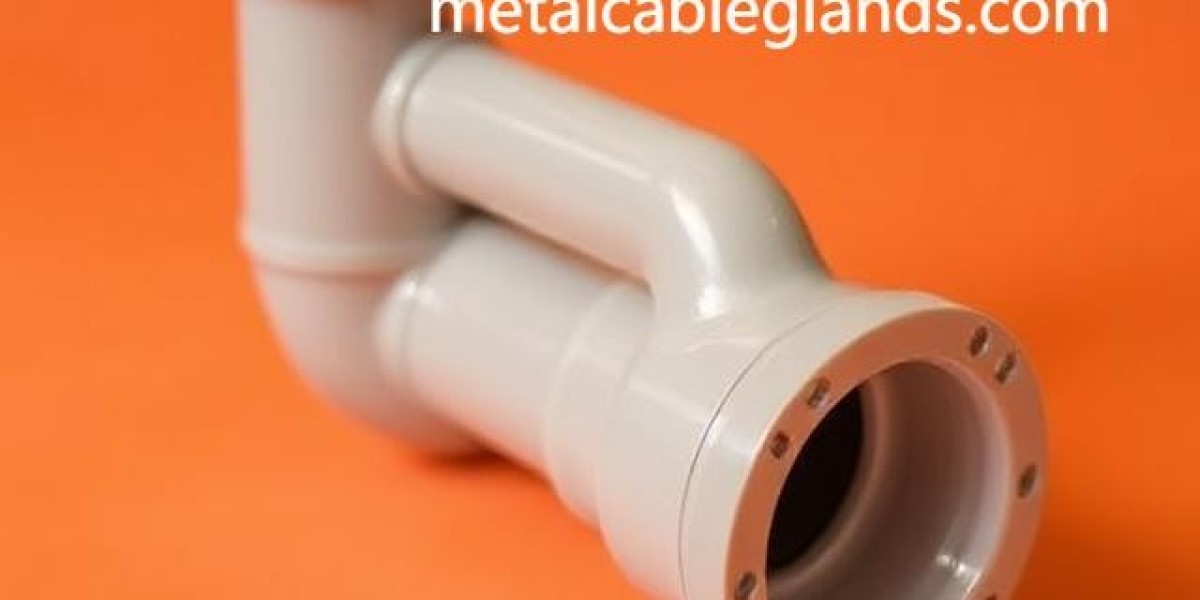In modern electrical and industrial systems, the Conduit Gland plays an essential role in providing a secure, sealed, and stable connection between cables and conduits. As electrical networks evolve toward higher performance and safety standards, Zhejiang Hongjue S Connector continues to design and manufacture precision-engineered conduit connection solutions that meet global certification requirements for both industrial and commercial environments.
The Conduit Gland serves as a mechanical and environmental interface between electrical cables and conduit systems. It ensures a tight seal to prevent the ingress of dust, moisture, and contaminants while maintaining reliable mechanical support. Beyond protection, the gland also provides electrical continuity, strain relief, and grounding where required. In systems exposed to vibration, pressure variation, or harsh environmental conditions, its role becomes even more significant, ensuring that cables remain intact and connections remain stable over the equipment’s lifetime.
1. Understanding the Structure and Core Components
A conduit gland typically consists of several precision-engineered parts, including a body, sealing ring, compression nut, and clamping insert. The internal design allows it to compress around the cable sheath when tightened, ensuring a firm grip while maintaining a watertight or dustproof seal.
Zhejiang Hongjue S Connector incorporates high-quality materials such as nickel-plated brass, stainless steel, and high-performance plastics to achieve both corrosion resistance and mechanical durability. Each component is designed to work harmoniously to provide consistent sealing pressure and strain relief, even under continuous vibration or temperature fluctuations.
2. Functional Principles
The functional concept of a conduit gland lies in its dual purpose — mechanical fixation and environmental sealing. When installed correctly, the gland prevents cable slippage and shields electrical enclosures from environmental hazards.
For industrial automation, this function is critical. In factories or outdoor control units, exposure to oil, dust, or humidity can easily compromise electrical systems. A properly installed conduit gland ensures that the cable’s entry point remains one of the most secure parts of the system. Zhejiang Hongjue S Connector’s product line extends this reliability by offering a variety of sealing materials compatible with different cable sheath types, including thermoplastic and elastomeric compounds.
3. Technical Classifications and Standards
Conduit glands are generally classified by thread type, sealing range, protection level, and material composition.
- Thread Type: Metric (M), NPT, and PG are the most common threading standards used globally.
- Protection Level: Many designs achieve IP68 or higher ratings for water and dust resistance.
- Temperature Range: High-quality glands can perform under temperatures from –40°C to +120°C or beyond.
- Material Options: Stainless steel models are favored for corrosive or outdoor applications, while polyamide or brass options are suitable for general use.
Zhejiang Hongjue S Connector’s product portfolio supports multiple standards, ensuring compatibility with a wide variety of cable and conduit systems. Each gland undergoes precise testing for sealing integrity, mechanical strength, and dielectric performance before shipment.
4. Typical Applications
The versatility of conduit glands allows their use across various industries.
In telecommunications, they protect fiber and power cables in outdoor base stations.
In renewable energy, they secure cable entries in solar inverters and wind turbine junction boxes.
In industrial automation, conduit glands safeguard control cabinets and robotics systems from exposure to oil, dust, or vibration.
Additionally, they are widely used in marine engineering, construction lighting, and transportation systems — wherever reliable cable sealing and mechanical fixation are required.
5. Installation and Compatibility Considerations
Selecting and installing the correct gland requires careful consideration of cable diameter, conduit type, and environmental conditions. The sealing ring must match the cable’s sheath material to avoid stress cracking or chemical incompatibility.
Engineers also account for the bend radius and strain relief requirements to ensure long-term reliability. Zhejiang Hongjue S Connector provides detailed installation guidance and technical support, helping customers select the ideal gland design for each project’s specifications.
6. Engineering Evolution and Innovation
Over the past decade, conduit gland technology has advanced through the integration of smart materials and precision sealing designs. The industry has shifted toward lighter, more durable, and corrosion-resistant materials, combined with tighter dimensional tolerances for improved sealing performance.
Zhejiang Hongjue S Connector remains at the forefront of this innovation, continuously developing advanced sealing systems that enhance electrical safety and reliability in demanding environments. Their products combine mechanical excellence with functional design simplicity — ensuring both ease of installation and long-term stability.For detailed product specifications, customization options, and technical consultation on conduit gland solutions, visit https://www.metalcableglands.com/product/ .








